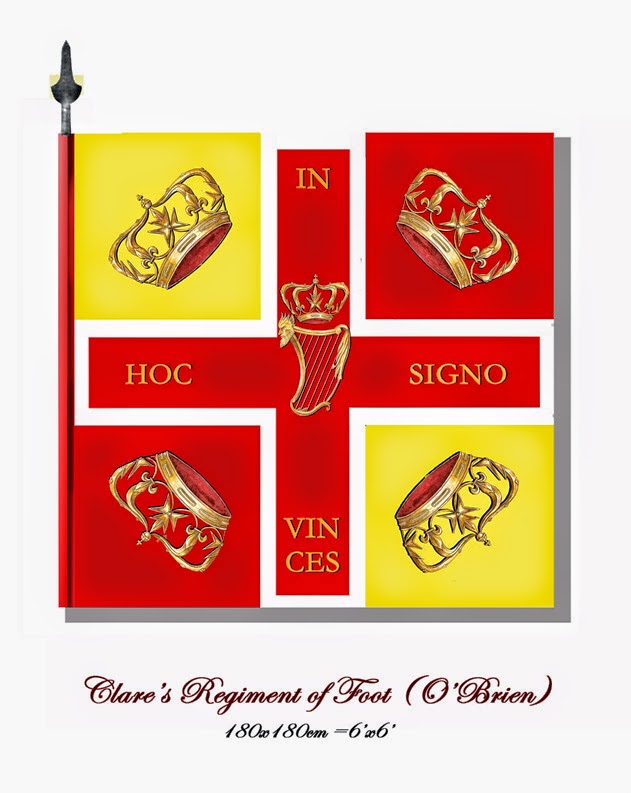Milvian bridge part deaux
 |
| Vista del Tíber a AcquaAcetosa, Jan Frans van Bloemen, copyright Museu de Belles Arts de València |
Milvian Bridge; Blog #2
So once i have the basic brief of the artwork its time to take each at a time, bearing in mind, these images are part of a set. I spend quite a bit of time thinking these concepts through, so i am not always at a desk. I do a lot of thinking doing other things such as sporadic drumming, by walking with the dog (the Irish countryside is good for that, especially in summer with the heavy aroma of various flora and sometimes fauna ;¬) or doodling as i did at a birthday party when muy friend where dancing to Kanye West of something ;¬)
The image searcher....
 |
| Il Tevere all'Acqua Acetosa (c) FABIO_QUICI@ARCHIVE |
One of the things i did initially, was take a trip around the area in the Google mobile, then I did a search for images of the area concerned, to see if there are visual references to consolidate what i received from the author. These include old images such as paintings, etchings, photos and of course any modern photos which are useful for colour, texture, atmosphere, while i wait for new photos from my Roman friend.
 |
| Johann
Christian Reinhart (1761-1847), Ein deutscher Landschaftsmaler in Rom, 1831, Hamburger Kunsthalle |
To great my relief and surprise there were a few modern images, which actually corresponded to the old images (the images here do not belong to me, you can follow the Urls and i have acknowledged where i can).
The author also sent maps and info on the various historical monuments in the area, which are very useful.
What immediately struck me was the seeming lack of buildings in the area of the battle (even during the 1700s-1800s see images) compared to the urban sprawl of today (see modern photos). But the river bank is as described and shown in older images (probably tidied up?).
These horse-shoe bends in Ireland where the water slacks where usually places where one could ford, in the case of Ireland they usually had a set of stepping stone near a gravel bed ford. Obviously the Tiber was a main artery of trade and commerce so no stepping stones, but what of fording points? I digress, but these are the little things that give character to a river and questions which randomly fleet across the tumble weed strewn landscape of my mind....
 |
| En rejsende i nærheden af d´Acqua Acetosa. 1835. Göteborgs Konstmuseum by Martinus Chistian Wesseltoft Rørbye, http://jomark.dk/danske_malere/malere.asp?valg=pers&idnr=41&sort=dod |
down by the river...
 |
| Adrian Ludwig Richter | The Art Museum "Riga Bourse" |
Having worn Roman equipment and having done a lot of living history (late 1700 & early 18th century) and trying to negotiate various obstacles, uniformed, armed, packed up like a mule, this bank would be difficult in modern clothes, never mind fleeing on a horse, under pressure from a pursuing enemy.
One of the things i need to find out is whether the Tiber was canalised at any point (as many rivers and waterways have been in Ireland and Britain) as it looks smoother/deeper today than in the contemporary images witch show outcrops and variation of the surface (suggesting shallows?)...
Conclusion
 |
| View of the Acqua Acetosa Claude Lorrain (French, 1604-1682) c. 1645 |
At the moment, i've been doing studies of horsemen, horses and them traversing water, so this is where i'm at presently, loads of refs and trying to create a likely impression of Maxentiu's Cavalry fleeing across the river, with Constantine's troops reaching the bank behind them...
Note:
some these images here have no provenance if you know these, plaese share as its important to acknowledge the source, thank you.



Comments
Post a Comment